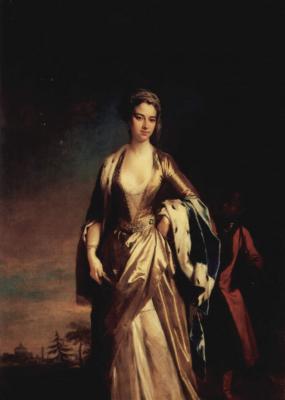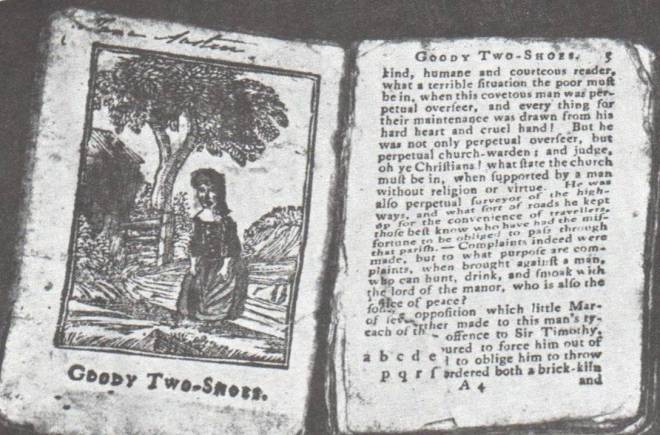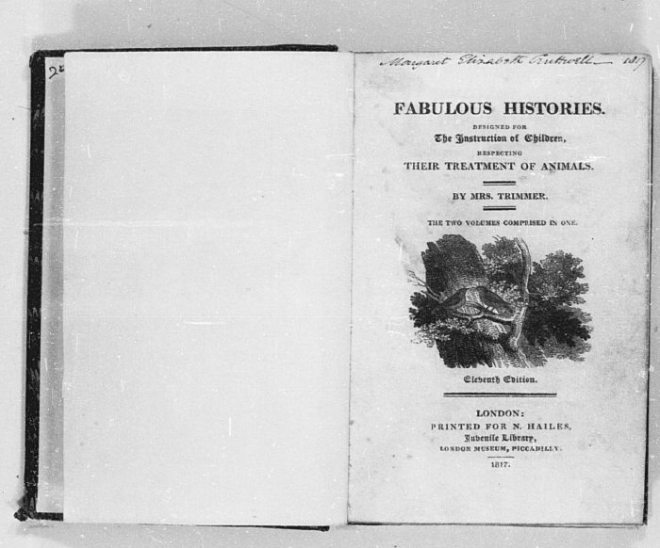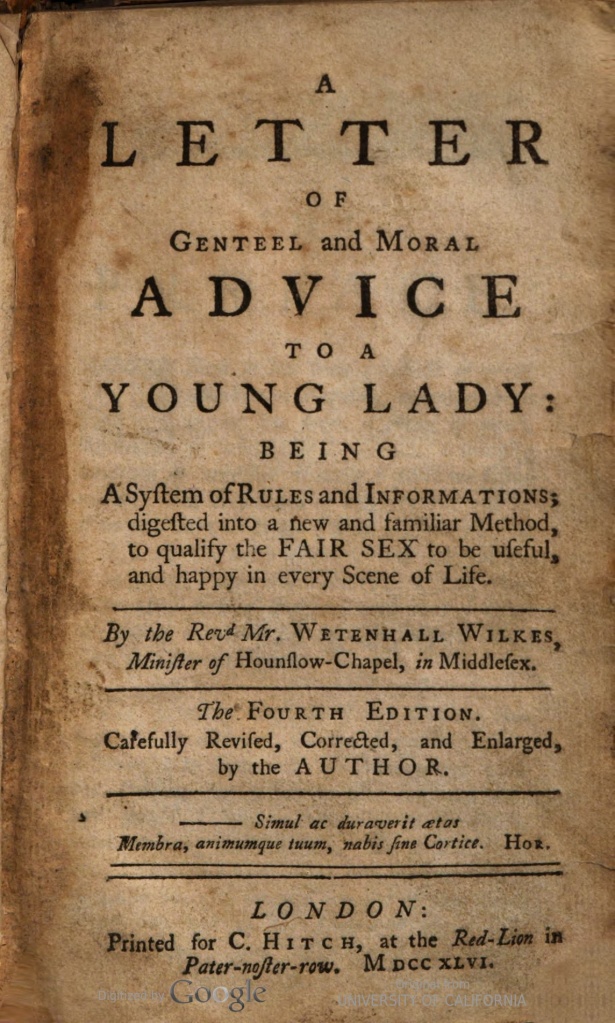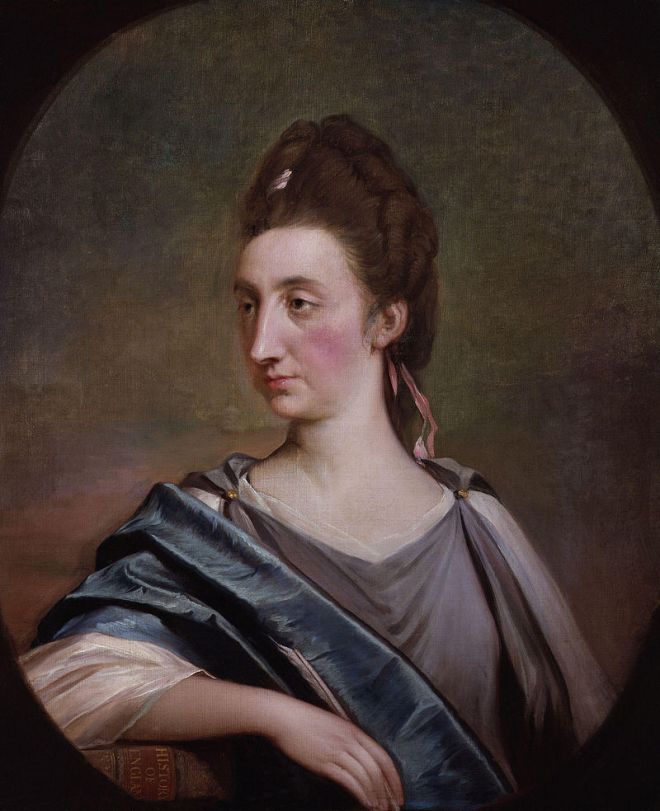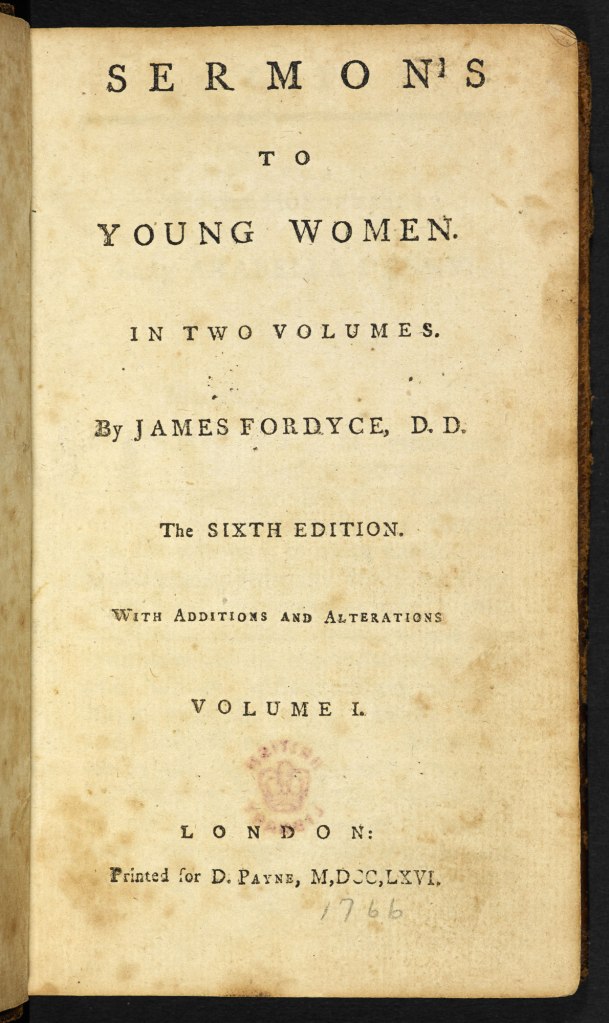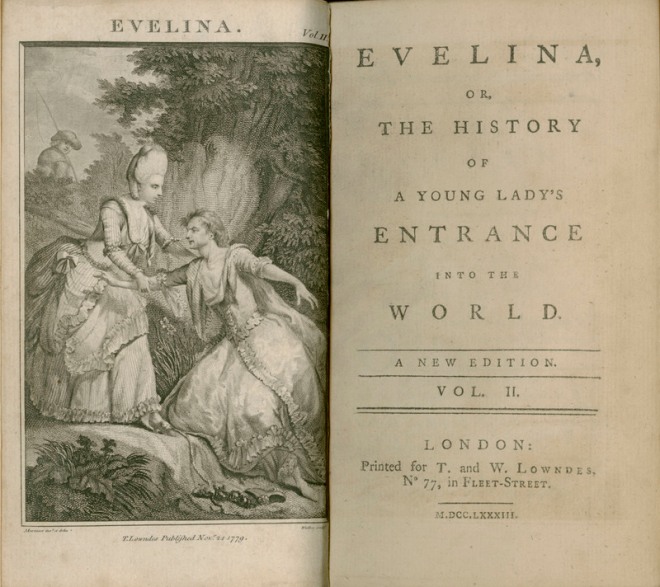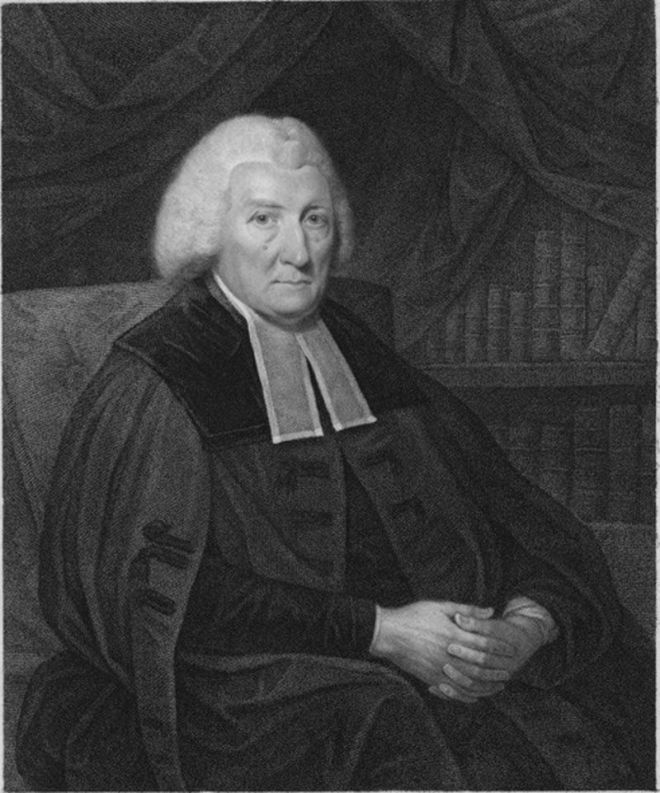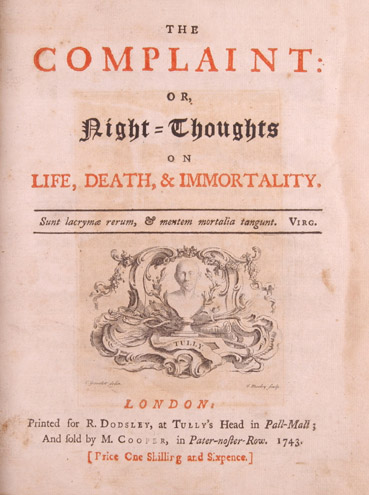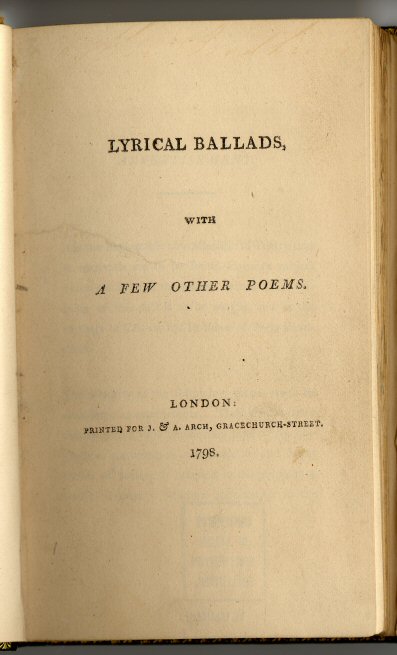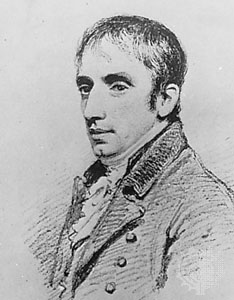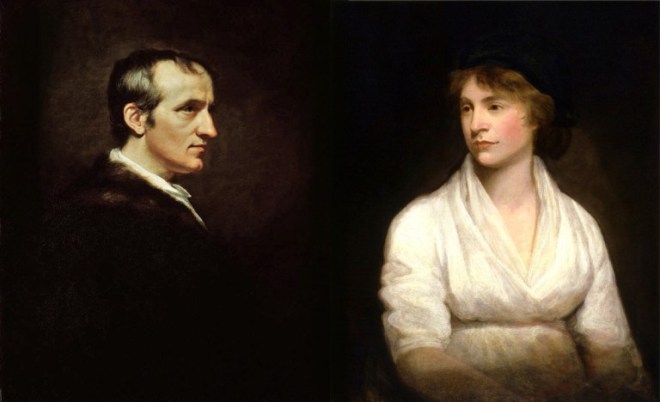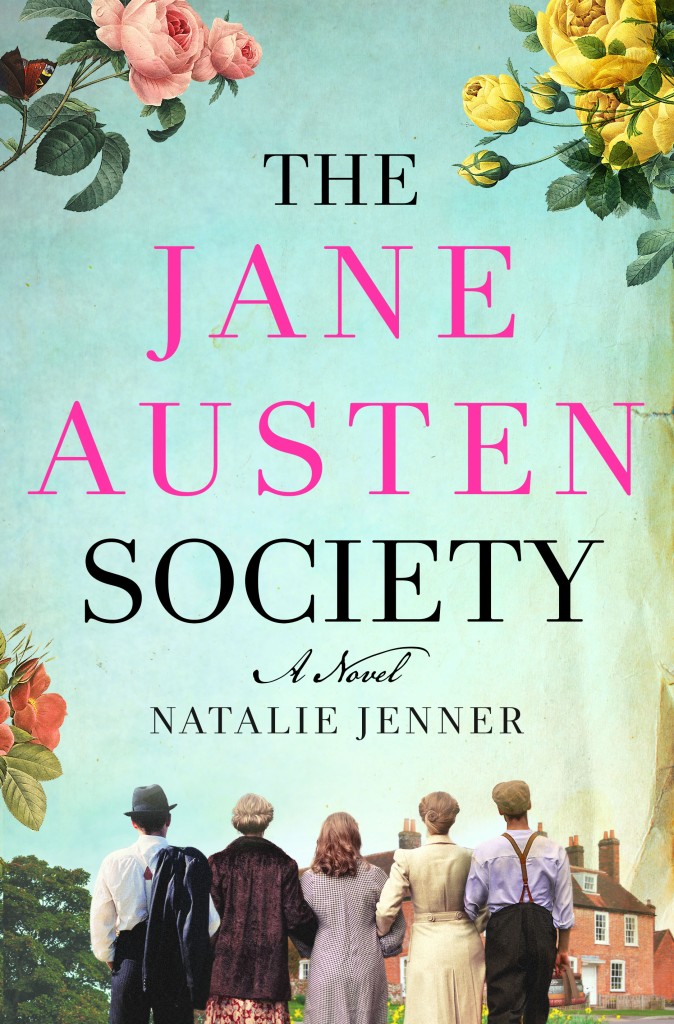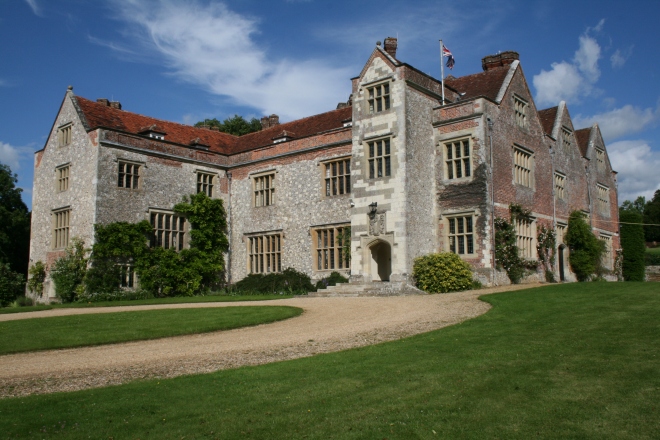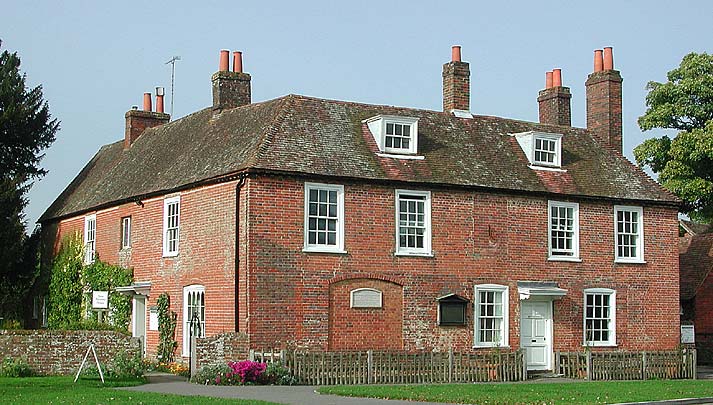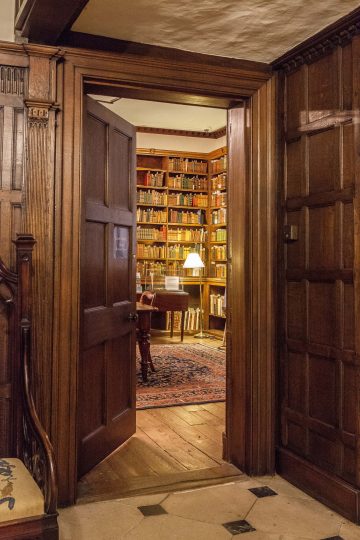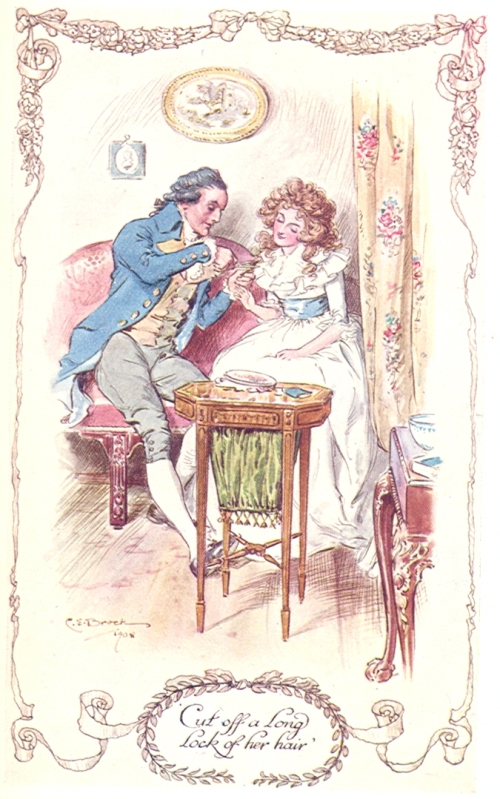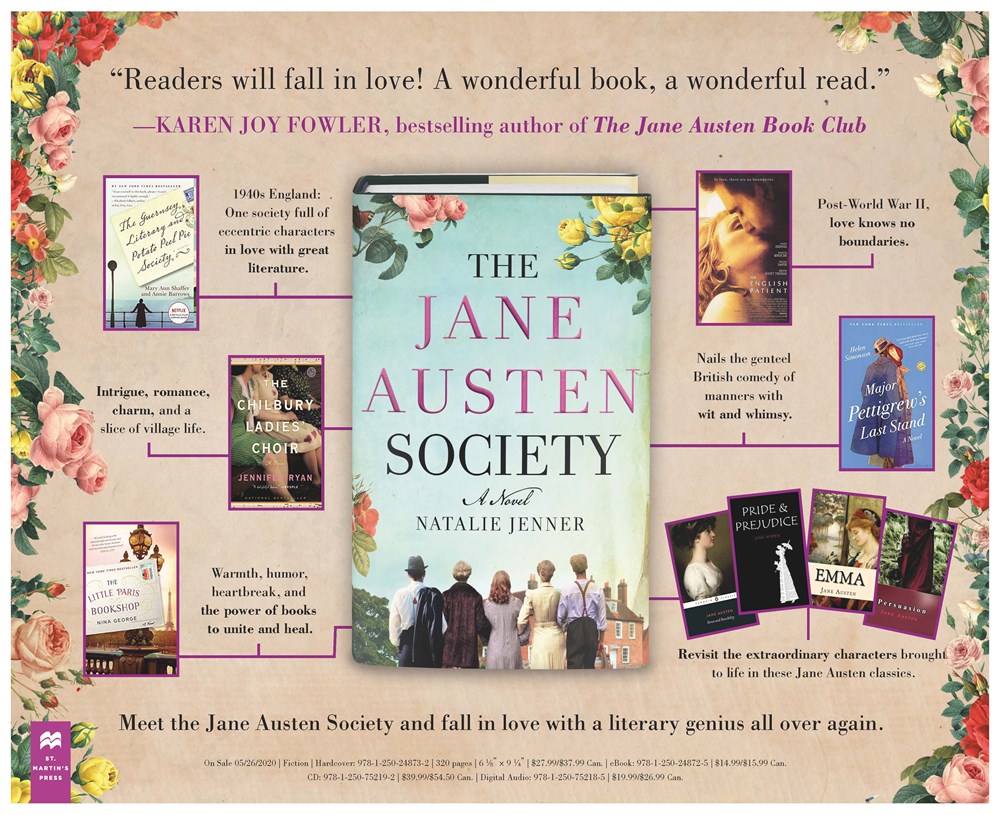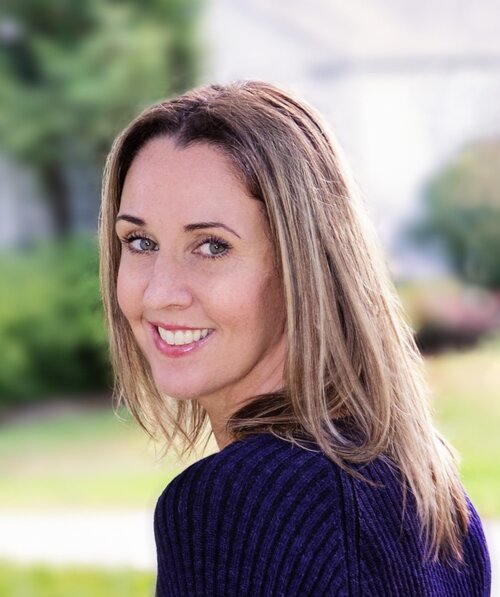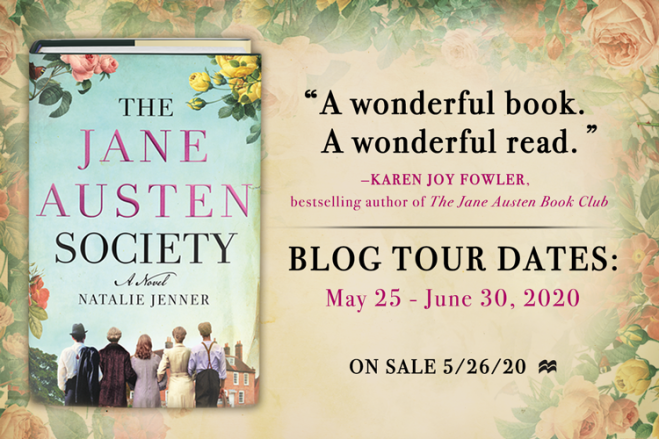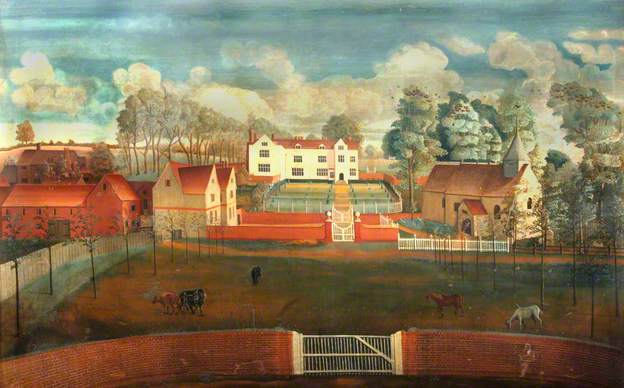Enquiring Minds: I welcome today, Professor Janine Barchas, author of the recently published The Lost Books of Jane Austen, a work of mind-boggling scholarship, wherein “hardcore bibliography meets Antiques Roadshow!” And whether your tastes run to book history, the science of bibliography, literary history, or just a love of Jane Austen, you will be delighted with this addition to your Austen collection – an absolute must-have in my mind, to be shelved in a place of honor right alongside your copy of David Gilson. And don’t think it is some pedagogical tome – I laughed, I cried, I learned, I was wowed! – and I think you will be too.
Today, Janine is going to share with us what got her started on this incredible journey, some of her finds, and where it all goes from here.

Deb: First off, I must say that his book has been universally praised by Austen scholars and readers, book historians, and bibliographers! Did you have any idea the book would be so universally embraced?
JB: I dared not hope. Instead, I worried about whether crisscrossing the standard demarcations between audience groups (academics v. fans, readers v. collectors) might prove fatal. At the start, anonymous readers of the manuscript for Johns Hopkins University Press warned against the intellectual Schizophrenia of my approach (my phrasing). In view of their worry, much of the final book was rewritten and reframed so that essential bibliographical details would not detract from the larger human narrative—what my editor called “not getting lost in the weeds.” In other words, I had a lot of help and advice while shaping a book to appeal widely—and to different people for different reasons. Who would have thought that any press could produce such a handsome gift-worthy volume filled with headshots of tatty, cheap, and rejected books? From the start, there was something not entirely rational about expecting any audience for a book about unwanted books. I’m immensely gratified that so many people share my affection for these neglected reprints.
Deb: How did your education / scholarship lead you to working on Jane Austen – how, and when? In other words, when did your fascination with Austen begin?
JB: I came to Austen late and reluctantly. I was not introduced to her until college and graduate school, where I read her as a duty (as a stop along the history of the novel genre) rather than as a pleasure. I did not return to her novels in earnest until I was asked to teach a single-author course on Austen. At first, I tried to argue my way out of the task—after all, Samuel Richardson, who has no action figure, needed me more. Eventually, I gave in to the market demand on campus. Once I slowed down, reread all her books, and started teaching Austen, I had to bend at the knee along with all her other devotees.
 Deb: You have always had an interest in book history – tell us about your first book: Graphic Design, Print Culture, and the Eighteenth-Century Novel, published by Cambridge University Press in 2003.
Deb: You have always had an interest in book history – tell us about your first book: Graphic Design, Print Culture, and the Eighteenth-Century Novel, published by Cambridge University Press in 2003.
JB: All my projects seem to take a material turn. Graphic Design argued that it was silly for serious academics to study and write about eighteenth-century novels while staring at and quoting from modern paperbacks (e.g. the Penguin reprints used in college classrooms). I showed how these modern reprints had silently altered the text as well as the innovative typographical innovations for which the genre was termed “novel” in the first place (ie. layout, paratexts, illustrations, the advertising language of title pages, font choices). In Graphic Design I urged serious scholars to return to the original editions of eighteenth-century books when studying literary meaning. In Lost Books, I finally found a scholarly purpose for all those inauthentic reprintings that I dismissed as unauthoritative in that early project!
Deb: You go through 200 years of Austen’s publishing history in such an interesting order. When did it become apparent that these divisions were a way of approaching the Lost Books: Paperback Jane, Scholarly Jane, Virtuous Jane, Temperance Jane, Marketing with Jane, Armed Services Jane, Chick-lit Jane, etc…
JB: For years, I periodically rearranged the shelves of the cheap Austen reprints that I acquired, grouping books on the dining room table and elsewhere to see what patterns emerged—patterns of aesthetics, formats, prices, audiences, etc. I wanted to explore patterns that would allow me to go beyond the usual mere temporal lists of publications (“and then this edition, and then this one”). While the story of the “pinking” of Jane Austen during the 1950s and 60s showed itself fairly quickly, the most meaningful patterns were impossible to see until after I gained access to the books of other collectors whose plentiful shelves contained many more examples to sort (physically or mentally). All in all, it probably took nine years of looking before the one year of writing to feel that I had a book’s worth of findings to share.
Deb: The seven Vignettes you include in the book tell the stories of book owners of the many Austen novels you have found. These are enlightening, sometimes wrenching – but such a personal tribute to Austen’s many readers through the past 200 years. A name, a date, maybe an address would send you on a deep-dive adventure into census, birth, marriage and death records – thank goodness for the internet and ancestry.com, making such research even possible! What was your favorite connection that you found?
JB: Locating the backstories and former owners behind particular copies was indeed the most rewarding part of researching and writing this book. However, asking me to pick between these people and their books is like asking a mother which child is her “favorite.” As you say, some of the backstories proved tearjerkers while other copies offered up endearing or surprising anecdotes about the lives of real Austen readers. The vignette that makes me smile most broadly is probably the one about the young Harvard law student named Heman Burr who, on his very first trip to Paris in 1879, binge read all of Jane Austen’s novels.
Deb: What was the most elusive, that you just couldn’t let go? – and finally found something…
JB: Unlocking the ownership history of one cheap mid-nineteenth-century copy of Mansfield Park depended upon locating the official naval record of the officer whose name matched the ownership signature. Even after I found his record, I needed help from a colleague familiar with naval terminology and a knowledge of specific ships and battles to see that his navel career mapped neatly onto the Austen novel that he had so treasured.
Deb: And the one(s) where you hit a brick-wall and ended at a dead end?
JB: There were dozens and dozens of books whose ownership signatures I could not trace with certainty in the historical record – sometimes because the name was too common or the inscription lacked mention of a location to help triangulate it. The anonymity that an all-too-common name conveys has its own cosmic sadness. For a provenance researcher there is nothing more deflating than the proud ownership signature of a “Miss Smith.”
Deb: How many more stories do you have, not included in Lost Books, but possibly to be published elsewhere? Can we hope for a Vignettes sequel??
JB: There were handfuls of worthy backstories and many clusters of odd reprints that did not make it into the final book. While a sequel is not in the cards (sweet of you to ask!), I have published a few of those findings as separate essays for the Los Angeles Review of Books and also for Literary Hub.
Another such essay (about the ignored marginalia of those who disliked Austen) is scheduled to appear in the May/June issue of Jane Austen’s Regency World magazine.

‘Sense and Sensibility’ in the Marguerite Series from Miles & Miles (London), no date – Barchas collection (page 112)
Deb: Throughout this past decade of research, you located and purchased as many of these cheaply published works as possible; or you found collectors willing to share their shelves with you; or you found the odd one in a scholarly institution:
– What surprised you the most?
 JB: The sheer number of cheap reprints not listed in Jane Austen’s bibliographies. I had assumed that bibliographies were, barring oversight and human error, objective records of publications. I was taken aback by how subjective the discipline of bibliography is and how biased towards “important” highbrow editions.
JB: The sheer number of cheap reprints not listed in Jane Austen’s bibliographies. I had assumed that bibliographies were, barring oversight and human error, objective records of publications. I was taken aback by how subjective the discipline of bibliography is and how biased towards “important” highbrow editions.
Deb: Your most amazing discovery?
JB: A well-thumbed copy of Mansfield Park from the 1890s that served as an attendance prize in a temperance society for coal miners. Coal miners!
Deb: Most elusive find?
JB: A paperback copy of Elizabeth Bennet published in Philadelphia in 1845 and which originally sold for 25 cents.
**************
 Deb: What is now the most prized book in your collection, and why?
Deb: What is now the most prized book in your collection, and why?
JB: The cheap colorful copy of Northanger Abbey published by Blackie & Sons which was awarded as a school prize in Forfar Scotland in 1911 to one “Annie Munro.” During my research, I discovered that only six months later Annie tragically died from diphtheria, age 13, and that this volume could be the sole artifact she left behind. It was an honor to be able to tell Annie’s story in the book’s last vignette, and it remains an honor to safeguard her prized book.

Deb: Tell us about the cover, specially done for you – it is such a combination of the old, the new, the charming – just a perfect introduction to the feast that awaits the reader on the inside!
JB: The incredible artist who created the book sculpture for the cover is Mike Stilkey, who works with discarded library books and lives in Los Angeles. He is famous for his large wall-sized installations on which he paints unique figures and animals. In a fan letter, I told him about my own Lost Books project. He then created his “Jane Austen” sculpture from discarded books for possible use on the cover. Everyone at the press instantly loved it. I agree that Stilkey’s work strikes the perfect note and I remain grateful to him for responding with such generosity to this project.
Deb: You end your book with a “call to action”: that this “gobsmackingly incomplete historical record” of the publishing of Jane Austen has much more to be added to – you wish / hope that other collectors, scholars, laypeople, and institutions will share with you any such “low-brow editions” they might have – you envision some sort of digital bibliography – how do you hope to move forward with this idea? How can people help?
JB: Ambitiously, I now hope that collectors of such reprints as I discuss in Lost Books will agree to donate these relatively inexpensive but scarce volumes to institutions with proper special collections, where these books can allow further research into publishing history and Austen’s reception. The major Austen collector that I worked with has generously agreed to donate her Jane Austen reprints to a special collections library that has, in turn, agreed to house such a gift (cataloguing and storage costs are non-trivial). I have agreed to add my own books to hers, trusting that, jointly, our donations will help to save information for the future and prompt others to do the same. Books such as this need to be together to maximize the information they contain as historic artifacts. Interested parties can contact me about inquiring about similar donations. In addition, a collector in Australia wrote me that he has reacted to my project by starting a blog that shows other collectors how to trace prices and provenance of “cheaper” reprints: https://bookcollectingheaven.com/2020/03/30/price-and-provenance/ .
Deb: And finally, what’s up next?
JB: This year, with the help of a fellowship from the American Council of Learned Societies and a stay at the Lewis Walpole Library, I have begun a new project, called Renting in the Age of Austen. When Jane Austen is born in 1775, the burgeoning consumer culture of late-Georgian England increasingly allowed temporary ownership over some luxury goods for a fee. Books and artworks could now be borrowed, furniture and musical instruments rented, carriages or horses hired, and whole country mansions let. Some Georgian rentals were bizarre (e.g. pineapples), but all complicated identity politics. Rented objects blur traditional social signals of rank. Whereas old sumptuary laws aimed to fix luxury goods as markers of class, in Austen’s era privilege could be flaunted with kit and carriages not one’s own. My project explores the messy logistics of what was rented (where, to whom, and at what prices?) to reveal the social implications for this early economy of temporary possession.
Deb: Anything else you would like to share?
JB: I would like folks to know of my unexpected lockdown project: “Pride & Plague” on Twitter (@PridePlague). On this channel celebrity couple William Shakespeare and Jane Austen have been posting updates to their fans while in social isolation during the COVID-19 crisis. Even those not on Twitter can see it here for a chuckle: https://twitter.com/PridePlague. I think of this project as my contribution to morale [and a welcome contribution it is! See below for some examples…]
**********
Thank you Janine for sharing your insights – I do most heartily recommend this book to everyone – and please, look at your shelves and see if perchance you might have your very own “unsung reprints” lying about – you too could add to the knowledge of Jane Austen’s publishing history and be a part of this fascinating story.

About the author:
Janine Barchas is the Louann and Larry Temple Centennial Professor in English Literature at the University of Texas at Austin. She is the author of Matters of Fact in Jane Austen: History, Location, and Celebrity and the prize-winning Graphic Design, Print Culture, and the Eighteenth-Century Novel. She is the creator behind the digital project What Jane Saw wherein we can view two Georgian blockbusters as witnessed by Jane Austen (Joshua Reynolds in 1813 and the Shakespeare Gallery of 1796). She has also written essays for the Washington Post, New York Times, Lit Hub, and the Los Angeles Review of Books. Her newest work, The Lost Books of Jane Austen, about the many unsung editions of Jane Austen, was published by Johns Hopkins University Press this past October.
Janine is also the President of NAFCH, the North American Friends of Chawton House, a group that works to raise funds and garner support for the Chawton estate of Jane Austen’s brother Edward and its Library devoted to early women writers.
Further reading:
***********
The Lost Books of Jane Austen, by Janine Barchas
Johns Hopkins University Press, 2019
284 pages. Color illustrations throughout.
You can purchase it at your local bookseller or here at Amazon.
**********
As noted above, Janine is currently working through the present sheltering-in-place crisis by finding daily humor in the antics of Jane and Will and posting all about them on her twitter page “Pride & Plague.” You can follow the fun here: https://twitter.com/PridePlague



©2020 Jane Austen in Vermont


